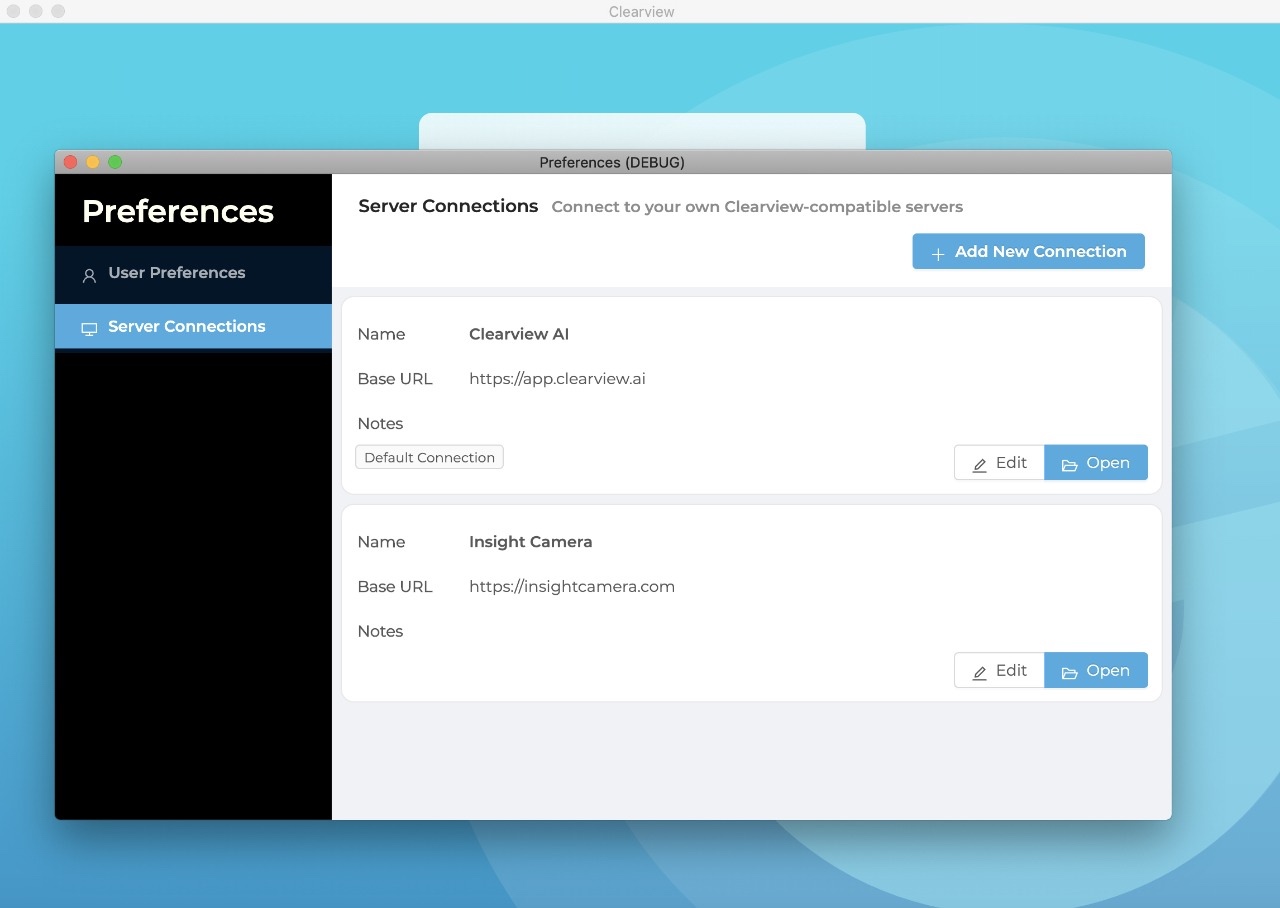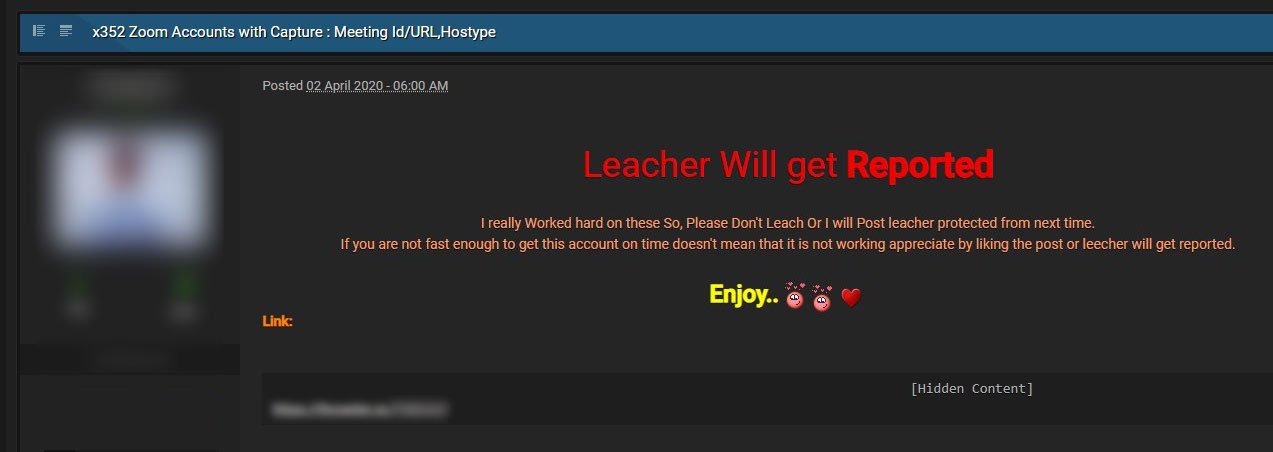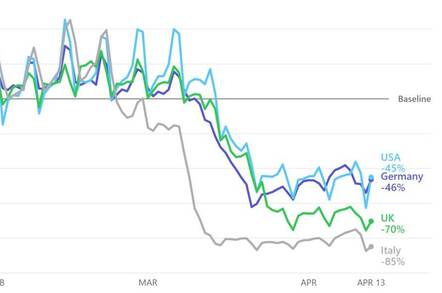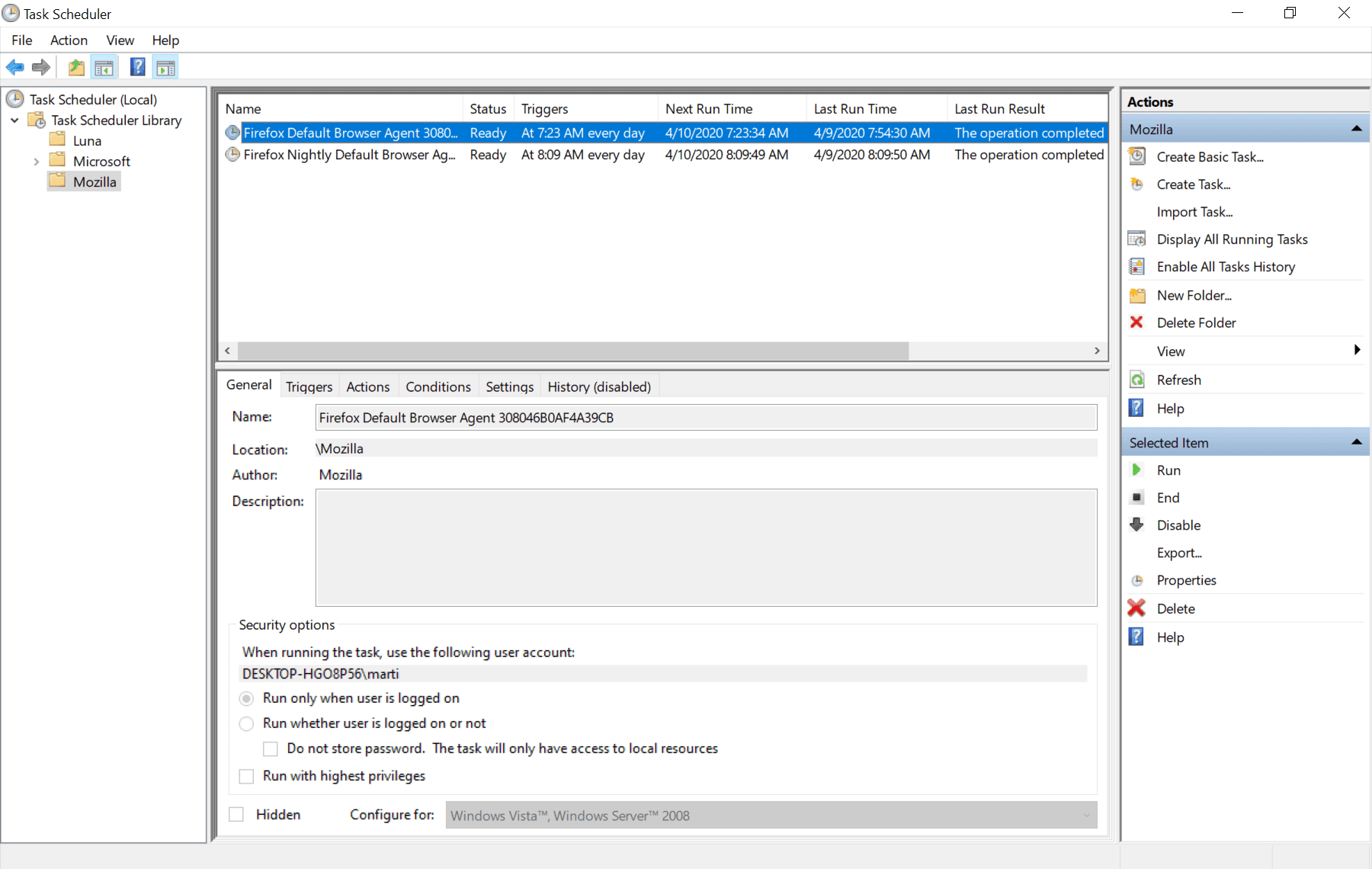There’s a scene in Touchstone Pictures’ 1984 movie Splash where a young Tom Hanks watches a beautiful naked mermaid run off into the ocean from which she came. In the original version, the camera follows Hanks’ gaze, showing a brief glimpse of a naked butt. Splash received a PG rating because of the shot (and the insinuation that came with it), but people watching the movie on Disney Plus are greeted with an entirely different version of the scene.
In the re-edited version, which went viral, thanks to the tweet below, Disney used CGI hair to cover actress Daryl Hannah’s body. A Disney representative confirmed to The Verge that a “few scenes” from Splash were “slighted edited to remove nudity,” but they did not specify when the edits were made.
The representative also confirmed that Splash’s rating would revert from PG-13 on Disney Plus (different from the original) back to PG. It’s likely that the original film (with its brief nudity) would have been rated PG-13 if it came out a few months later, but Splash was released in March 1984, and the PG-13 rating didn’t exist until July 1984.
Disney+ didn’t want butts on their platform so they edited Splash with digital fur technology pic.twitter.com/df8XE0G9om
— Allison Pregler (@AllisonPregler) April 13, 2020
The change has bewildered social media users. If nudity was the issue, why not bring Splash to Hulu, Disney’s other streaming service geared toward older adults? Others have asked why Disney felt the need to re-edit the scene at all; Disney Plus allows movies up to a PG-13 rating on its service, and Splash was only rated PG. Another person pointed out that a scene in Thor: Ragnarok that includes Hulk’s naked butt wasn’t censored when it was brought to Disney Plus. (Although, there’s likely a difference in perception between actual nudity and nudity as it pertains to a completely CGI character.)
Splash is the most egregious, albeit hysterical example of movies being re-edited for Disney Plus, but it’s not a unique case. A new version of Star Wars: A New Hope appeared on Disney Plus the day the streaming service launched, one that was “made by George made prior to the Disney acquisition,” the company confirmed to The Verge at the time.
Disney has also instituted pre-roll messages that play before certain movies to inform viewers that scenes have been edited for specific reasons. The company removed the word “fuck” from movies like Adventures in Babysitting and Free Solo, took out racial slurs that appeared in older titles like The Adventures of Bullwhip Griffin, and edited other material in movies like Empire of Dreams that Disney no longer found suitable.
Splash has found itself in the middle of an ongoing debate over media being altered in digital spaces. It’s a debate that’s raged for decades; fans were upset when George Lucas edited A New Hope, making it so Greedo shot first instead of Han. People bemoaned Lucas and 20th Century Fox for not releasing the original version of the film anywhere, either. The only legal versions of A New Hope that exist for people to buy, download, or stream today feature Greedo shooting first. It wasn’t just that Lucas and Fox replaced the original scene with a slightly altered one, but the original also wasn’t available to purchase when reprints were made.
Last March, Simpsons producer James L. Brooks announced that future syndication packages, streaming, and future DVD releases will not include the season 3 premiere episode, “Stark Raving Dad.” The episode includes voice acting from Michael Jackson, and after renewed allegations against Jackson surfaced, The Simpsons’ team and Fox decided to effectively erase the episode. “This is our book, and we’re allowed to take out a chapter,” Brooks told The Wall Street Journal at the time.
“As physical media gives way to streaming, large corporations have greater and greater control over what we can and cannot see,” Slate’s Isaac Butler wrote on the issue. “This gives them unprecedented power to disappear bothersome work. Whether we agree with a particular instance of memory-holing or not, this practice is deeply troubling, its history even more so.”
Disney is more than just a large corporation. It is arguably the monolith. Disney bought 21st Century Fox, the same corporation that Butler wrote his concerns about. Disney also built an entire sales campaign around the idea of restricting access to physical versions of its films — something it referred to for years as “The Vault.” Now, scenes are being edited for its streaming service, and all people are getting is a message explaining why. Subscribers can’t watch the original films the way they were intended.
It’s an effort from companies to be better or more appropriate, but it doesn’t always work. There are better alternatives. Take Tom and Jerry, for example. The Warner Bros. cartoon series from the 1940s came with a disclaimer about the context of certain scenes when it was originally released on DVD by Warner Home Video and then again in 2014 when the episodes were made available digitally on iTunes and Amazon Prime. Warner Bros. didn’t erase or edit the show; instead, the company decided to give it a critical examination. History can’t be erased, but people can learn from it.
Retroactively editing films to suit a certain narrative or niche is an ongoing problem that’s caused concern in movie, television, and music circles. And as more people turn to streaming services, where files can be edited on the fly, concerns over the original presentation continue to grow. What may just be bad CGI hair over a butt in an old Tom Hanks movie today could be more elaborate edits and alterations tomorrow.
Source: Disney Plus’ butt cover-up hides a much bigger problem – The Verge












